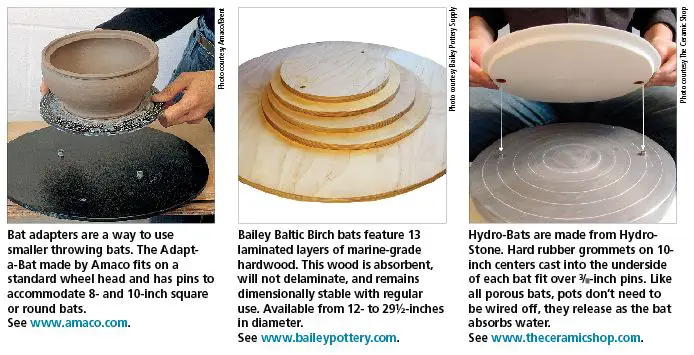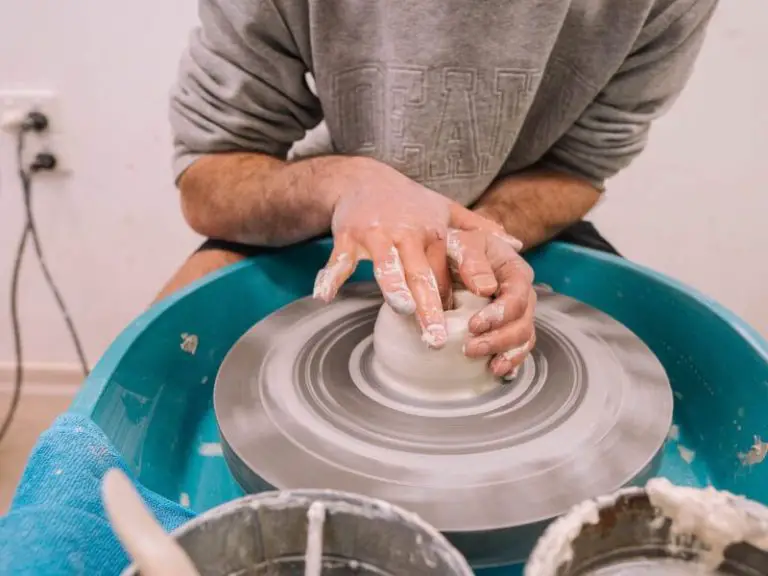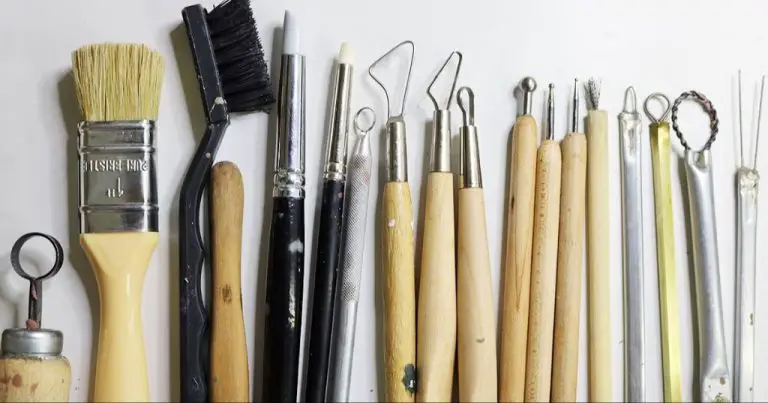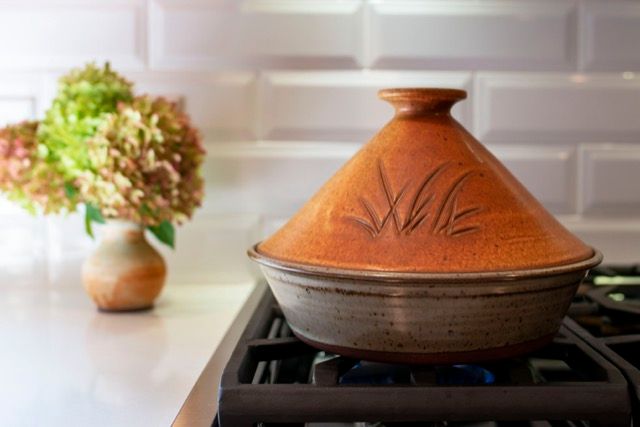What Steel Holds The Sharpest Edge?
A knife’s ability to take and hold a sharp edge is critical for cutting performance. This is what separates a dull blade from one that slices cleanly and precisely. For swordsmen and craftsmen in medieval times, a sharp edge could mean the difference between life and death in battle or delivering quality workmanship. Even today, in applications ranging from cooking to surgery to manufacturing, having the right steel that can be honed to a fine edge is essential.
But not all steel is created equal when it comes to sharpness. The properties of the steel alloy have a significant impact on its ability to take and hold an edge. Factors like hardness, carbide formation, grain structure, toughness, and corrosion resistance all contribute to how well a steel will sharpen. In this article, we’ll explore the top steel alloys that can achieve the sharpest edges, and why they excel at holding a razor sharp cutting surface.
Hardness
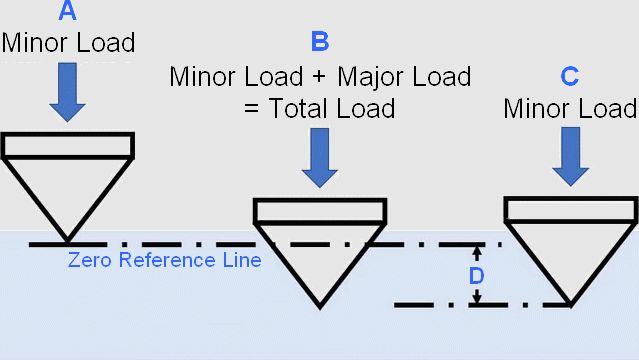
Hardness plays a key role in a steel’s ability to take and hold a sharp edge. The harder the steel, the better it can resist abrasion and deformation when sharpened. Hardness is measured using the Rockwell C scale, with higher numbers indicating greater hardness. The Rockwell C test measures the depth of indentation made by a diamond cone pressed into the steel under a minor load of 150 kgf.
Most quality knife steels have a Rockwell hardness between 56-64 HRC. For example, 440C stainless steel is around 56-58 HRC, while high carbon tool steels like O1 tend to be 60-62 HRC. More advanced powder metallurgy steels can reach even greater hardness levels, with some super steels rated as high as 68 HRC like Elmax and M390. However, hardness is just one factor – steels also need sufficient toughness and edge stability for long-lasting sharpness. But in general, harder steels around 60+ HRC perform very well for cutting edges.
Carbides
Carbides are hard particles that form in steels and support the edge. They play a complex but important role in determining edge sharpness and retention. Carbides come in different types like MC, M2C, M6C, M7C3, M23C6 etc. depending on the metals they contain (M refers to metals like Cr, Mo, W, V etc.)
The distribution and morphology of carbides influences properties like wear resistance, toughness and hardness. Fine and evenly distributed carbides generally improve wear resistance. Coarser carbides can act as crack initiation sites reducing toughness but also increase hardness. Optimizing carbide volume fraction, type and distribution is critical for maximizing sharpness.
As per research by Basak et. al. [1], the morphology and distribution of complex carbides in nickel superalloys has a complex effect on properties. Xia et. al [2] discuss the role of carbides in cleavage fracture and their importance in determining brittleness.
Grain Structure
The grain size, or crystal structure, of a steel plays a significant role in its ability to hold an incredibly sharp edge. Finer grain sizes allow for much sharper edges. This is because a finer grain structure means there are smaller carbide particles distributed throughout the steel. With smaller carbide particles, the cutting edge can be honed to a finer point, creating a sharper and smoother edge.
Different heat treatments applied to steel during the forging and hardening process have a substantial impact on the grain size and structure. Quenching in oil or water can create a finer martensitic grain structure versus air cooling. The speed of the quench matters as well, with faster cooling typically yielding finer grains. Special cryogenic treatments post-hardening can further refine the grain size. However, the base composition of the steel places limitations on how fine the grain size can become.
Toughness
Toughness refers to a steel’s ability to resist chipping, cracking or breaking. There is a delicate balance between hardness and toughness when it comes to edge stability in knife steels. As hardness increases, toughness tends to decrease. Steels with hardness above 60 HRC tend to become too brittle for most knives. The optimal balance is typically around 56-60 HRC for most EDC knives.
For example, according to Knife Steel Nerds, M390 steel has extremely high hardness at 60-62 HRC but is too brittle for hard use knives, leading to potential chipping or cracking. On the other hand, steels like CPM-S35VN or 154CM offer a good balance of hardness around 58-60 HRC and decent toughness levels.
tool steels like D2 generally have lower toughness with hardness around 58-60 HRC. Powder metallurgy steels like CPM-S30V achieve a better toughness balance at 56-58 HRC hardness ranges. Overall, the ideal knife steel offers enough toughness to withstand impacts and leverage during cutting tasks while still maintaining a sharp, durable edge.
Corrosion Resistance
Corrosion resistance helps maintain a knife’s edge by preventing rust and pitting. When a steel has higher corrosion resistance, it will be able to withstand exposure to moisture without degrading as quickly. This allows the fine edge to remain intact longer before needing resharpening.
Some common knife steels and their relative corrosion resistance levels:
- D2 tool steel: Medium corrosion resistance around 8% chromium content (1)
- CPM S30V: Very high corrosion resistance with 13% chromium (2)
- VG-10 stainless steel: High corrosion resistance with 15% chromium (3)
- 154CM stainless steel: Very high corrosion resistance with 14% chromium (2)
- 440C stainless steel: High corrosion resistance with 17% chromium (2)
While high carbide tool steels like D2 require more maintenance, stainless steels with over 13% chromium content provide excellent corrosion resistance for low-maintenance edges.
(1) https://knifesteelnerds.com/2019/01/14/which-knife-steels-have-the-best-corrosion-resistance/
(2) https://www.bladehq.com/blog/knife-steel-guide/
(3) https://knifeinformer.com/discovering-the-best-knife-steel/
Top Sharpening Steels
Based on factors like hardness, carbide volume, grain structure, toughness, and corrosion resistance, some of the best steels for holding an edge are:
1. AEB-L Stainless Steel
AEB-L stainless steel contains about 1% carbon and 14% chromium. This makes it very stain and corrosion resistant while maintaining hardness around 60-62 HRC when properly heat treated (Source: https://www.bladeforums.com/threads/best-steel-sharpening-system.718407/). The combination of hardness and corrosion resistance allows AEB-L to take and hold an incredibly sharp edge. The tradeoff is that it is not as tough as some other knife steels.
2. CPM S35VN Steel
With high amounts of chromium, molybdenum, and vanadium carbides, CPM S35VN achieves an ideal balance of edge retention, toughness, and stain resistance (Source: https://www.bbq-brethren.com/forum/showthread.php?t=122304). Heat treated to 60-61 HRC, it can be honed to a razor sharp edge. The fine grain structure also makes it easier to sharpen than some other high hardness steels.
3. CPM S90V Steel
CPM S90V contains a very high volume of vanadium carbides, allowing it to reach extreme hardness levels of around 60-62 HRC. This contributes to its outstanding edge retention (Source: https://www.bladeforums.com/threads/knife-reviews-testing.718/page-451). However, the high hardness comes at the cost of toughness and ease of sharpening. S90V can be brittle on thinner edges.
Sharpening & Maintenance
Proper and regular sharpening is crucial for maintaining a sharp edge on knives. When sharpening, it’s important to use the correct angle and pressure along the length of the blade. Many experts recommend using a sharpening guide to help hold the knife at the proper angle. Sources like Using the DMT Knife Guide provide step-by-step instructions for using a sharpening guide and stones to sharpen knives. The angle will vary depending on the knife steel, but generally around 15-20 degrees per side is recommended.
In addition to regular sharpening, honing and stropping are important maintenance techniques. Honing realigns the edge of the knife blade using a honing steel. This should be done fairly regularly, such as before each use. Stropping removes burrs and straightens the edge by pulling the blade over a leather strop. Both honing and stropping help extend the life of the edge between full sharpenings. Proper maintenance habits are just as important as the initial sharpening in order to keep knives performing at their best.
Choosing a Steel
When choosing a steel for a particular knife, you’ll want to consider the intended usage and determine the right balance between durability and fineness of edge. For kitchen knives used primarily for vegetables and meat, a high-carbon steel is often ideal, as it can take a very fine edge while still being fairly durable with proper care. The high carbon content enables the steel to become very hard through proper heat treatment, resulting in excellent edge retention. Common high-carbon steels used for kitchen knives include AEB-L, 52100, White #1, Blue #1, Blue #2, and VG-10.
For pocket or utility knives used more aggressively, durability may be a higher priority than ultimate sharpness. In these cases, tougher steels like D2, 440C, or 420HC are often recommended. The additional chromium and vanadium in these alloys provide good wear and corrosion resistance. For long-term survival or bushcraft knives meant to withstand extreme conditions, 1095 high carbon or 3V tool steels offer exceptional toughness and edge retention.
No matter the intended usage, proper heat treating is critical to bring out the best performance in any blade steel. For kitchen knives, a Rockwell hardness of 58-62 provides a good blend of edge retention, durability, and ease of sharpening. Harder blades are more brittle and difficult to sharpen. Softer blades dull more quickly. Ultimately, the ideal steel depends on balancing the key factors of hardness, toughness, and desired fineness of edge for the knife’s intended purpose.
Conclusion
In summary, the main factors that affect a steel’s ability to take and hold a sharp edge are hardness, carbides, grain structure, toughness, and corrosion resistance. While high hardness enables a fine edge, too much hardness leads to brittleness. An optimal balance of hardness and toughness is needed. High carbide volume improves wear resistance and edge retention. Fine, even grain structure also contributes to achieving a fine edge. However, the very hardest steels with high carbide content tend to be less corrosion resistant.
Based on research from sources like Knife Steels Rated by a Metallurgist, steels like CPM-4V, CPM-CruWear, and CPM-M4 offer the best all-around balance of properties. They achieve over 60 HRC hardness, contain ample vanadium and tungsten carbides, and exhibit fine grain structure for good toughness and sharpenability. While not quite as stainless as popular steels like 154CM or VG-10, their corrosion resistance is sufficient for most applications. For an optimal sharpening steel that can take and retain an incredibly fine edge, 4V, CruWear, and M4 are top recommendations.

